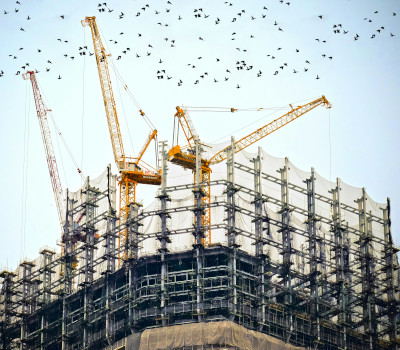1. Future Development Plans: Before taking the plunge, investigate any future development plans for the area. Infrastructure projects, new commercial developments, and community amenities can significantly enhance property values and livability.
2. Area's Growth Potential: Keep an eye on the area’s growth trends. Are businesses setting up shop? Is the population on the rise? If the answer is yes, you may be looking at a promising opportunity for property appreciation.
3. Timeline for Appreciation: Remember, investing in a developing area is often a long-term game. It may take several years to see a significant appreciation in property value, so patience is key.
4. Local Amenities and Services: Evaluate the current state of local amenities and services. Schools, hospitals, shopping centres, and public transport might improve over time, but how do they fit your lifestyle now?
5. Construction and Development Risks: Developing areas often come with ongoing construction. Be prepared for potential disruptions, noise, and dust. Also, consider the risk of projects being delayed or cancelled.
6. Financing Options: Some lenders may be hesitant to finance properties in less established areas. Do your homework on your financing options and be prepared for potentially higher interest rates or down payment requirements.
7. Community Vibe: Spend some time in the area to get a feel for the community. Chat to locals and visit at different times to understand the neighbourhood dynamics.
8. Risk Tolerance: Finally, assess your personal risk tolerance. While developing areas can offer high rewards, they also come with uncertainties.
Buying a home in a developing area can be a savvy investment, but it's crucial to do your due diligence. By understanding the area’s potential and challenges, you can make an informed decision that aligns with your long-term property goals. Remember, buying in a developing area is not just an investment in property, but also a belief in the area’s future.











